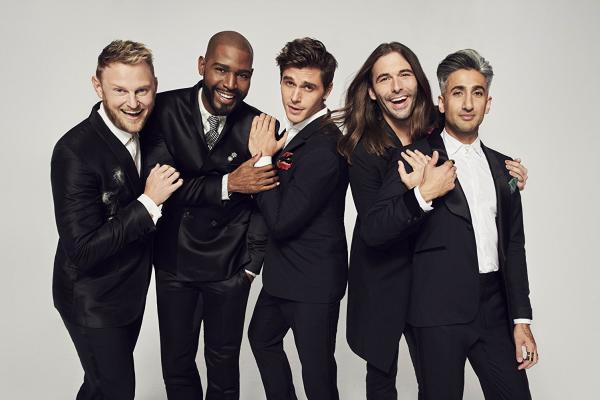Jul 23, 2018
A direct reboot of Bravo’s Queer Eye for the Straight Guy, which debuted in 2003, Queer Eye is, on its surface, a makeover show in which five gay men –– Jonathan Van Ness, Tan France, Antoni Porowski, Karamo Brown, and Bobby Berk –– help transform their clueless subject, or “hero,” in five areas: grooming, fashion, food, culture, and home decor. But each episode becomes more than a makeover as the men of that Fab Five break through the hero’s walls and reach the root of their low self-esteem. That’s where the true emotions rise to the surface.
Read the Full Article

Already a subscriber? Login
